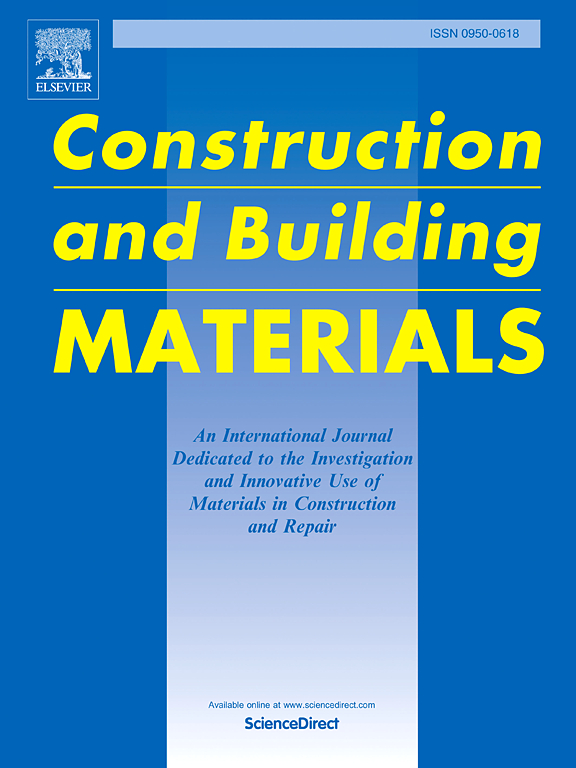Tuning the polycondensation of phosphazenes with ZIF-67 and its effects on UV/fire resistant epoxy composites
IF 7.4
1区 工程技术
Q1 CONSTRUCTION & BUILDING TECHNOLOGY
引用次数: 0
Abstract
Zeolite imidazole salt frame (ZIF-67) has a highly regular microporous structure, large specific surface and certain flame retardant properties, and 2-methylimidazole in it is very sensitive to protolation reaction, so ZIF-67 can be etched to get more properties. However, different etching methods often yield different results. So we use H+ produced by the synthesis of 2-aminopyrazine and hexachlorophosphazene (HCCP) to directly or synchronously etch ZIF-67. Two kinds of flame retardants with sugar-frosting structure and fig-like structure with UV shielding capability are designed and synthesized, and the two etching methods are compared. When 2.0 wt% flame retardant is added to epoxy resin system, the total heat release rate of EP/AHCTP epoxy composite is reduced by 29.4 %, the peak heat release rate of EP/CHCTP composite is reduced by 38.5 %, and the CO and CO2 production of EP/CHCTP composite are reduced by 45.2 % and 40.1 %, respectively. The UV shielding performance is improved while the mechanical properties are maintained. In the background of the rapid development of MOFs modification research, we compare two methods of binding ZIF-67 with small molecule phosphazenes and suggest its potential application in flame retardancy and UV resistance of EP.
求助全文
约1分钟内获得全文
求助全文
来源期刊

Construction and Building Materials
工程技术-材料科学:综合
CiteScore
13.80
自引率
21.60%
发文量
3632
审稿时长
82 days
期刊介绍:
Construction and Building Materials offers an international platform for sharing innovative and original research and development in the realm of construction and building materials, along with their practical applications in new projects and repair practices. The journal publishes a diverse array of pioneering research and application papers, detailing laboratory investigations and, to a limited extent, numerical analyses or reports on full-scale projects. Multi-part papers are discouraged.
Additionally, Construction and Building Materials features comprehensive case studies and insightful review articles that contribute to new insights in the field. Our focus is on papers related to construction materials, excluding those on structural engineering, geotechnics, and unbound highway layers. Covered materials and technologies encompass cement, concrete reinforcement, bricks and mortars, additives, corrosion technology, ceramics, timber, steel, polymers, glass fibers, recycled materials, bamboo, rammed earth, non-conventional building materials, bituminous materials, and applications in railway materials.
 求助内容:
求助内容: 应助结果提醒方式:
应助结果提醒方式:


